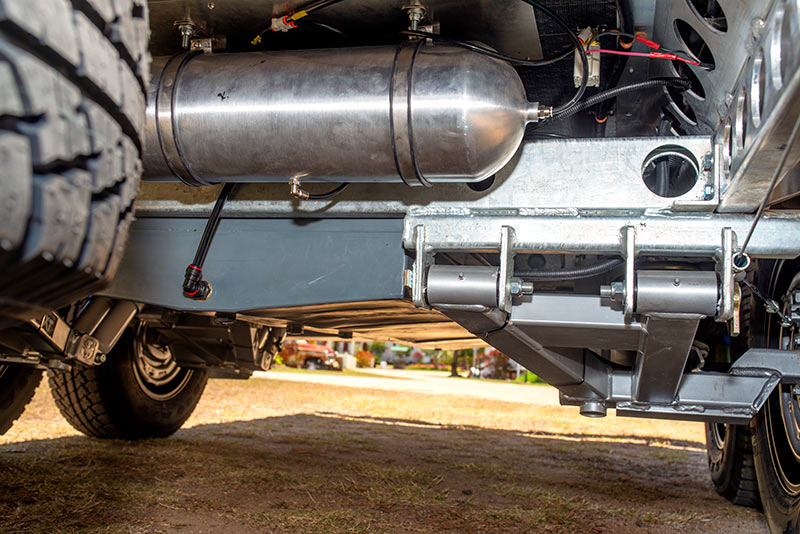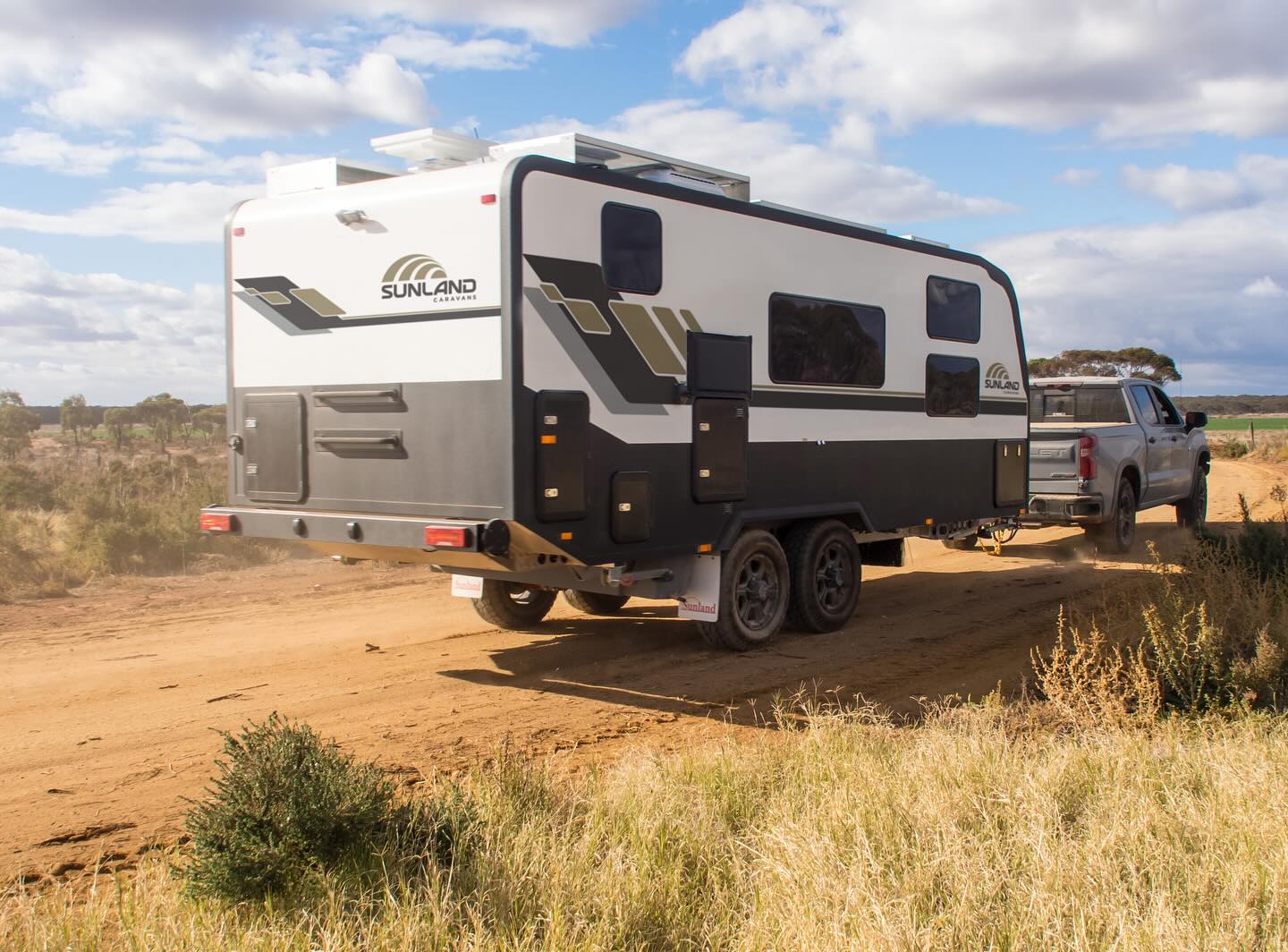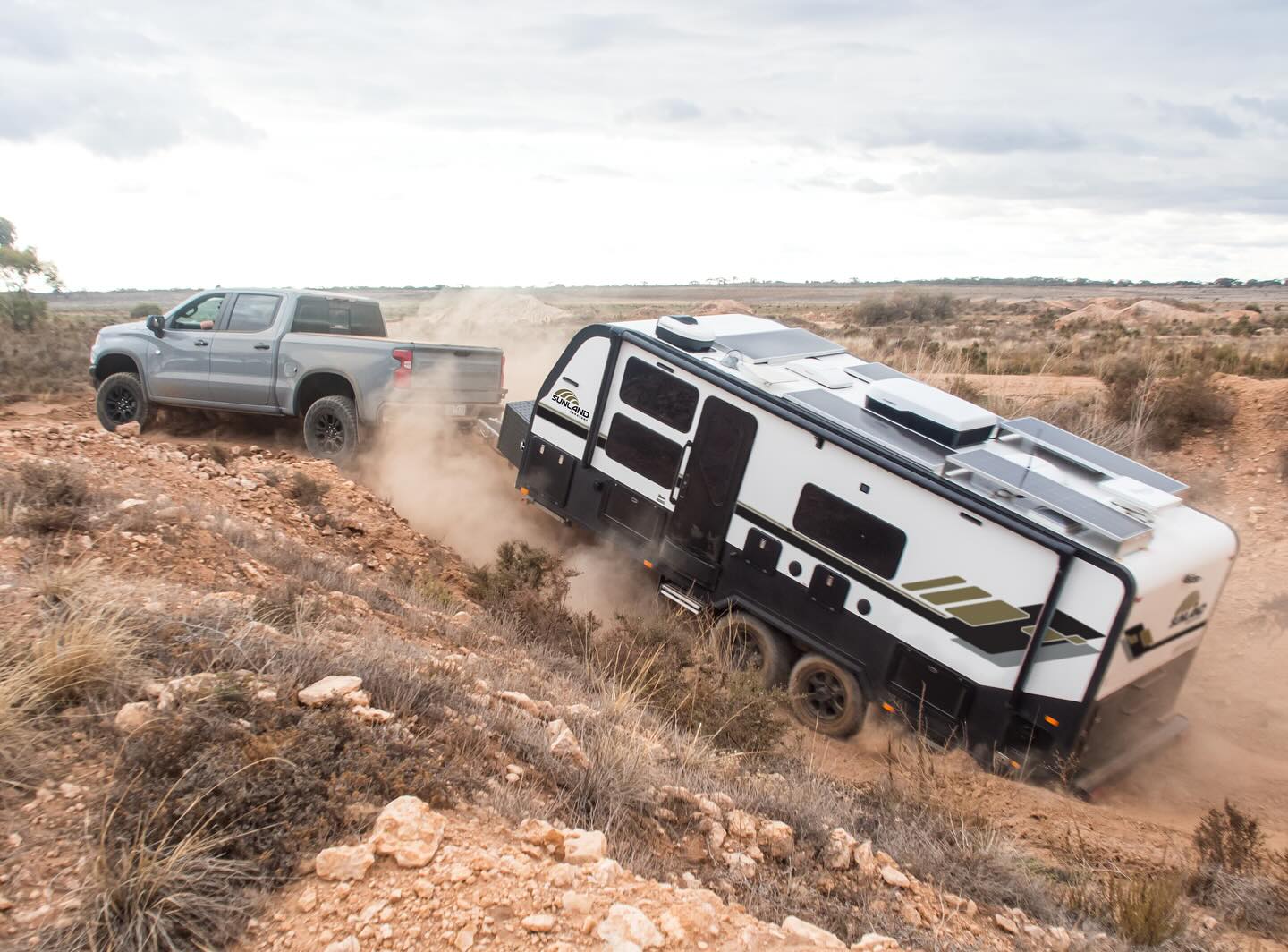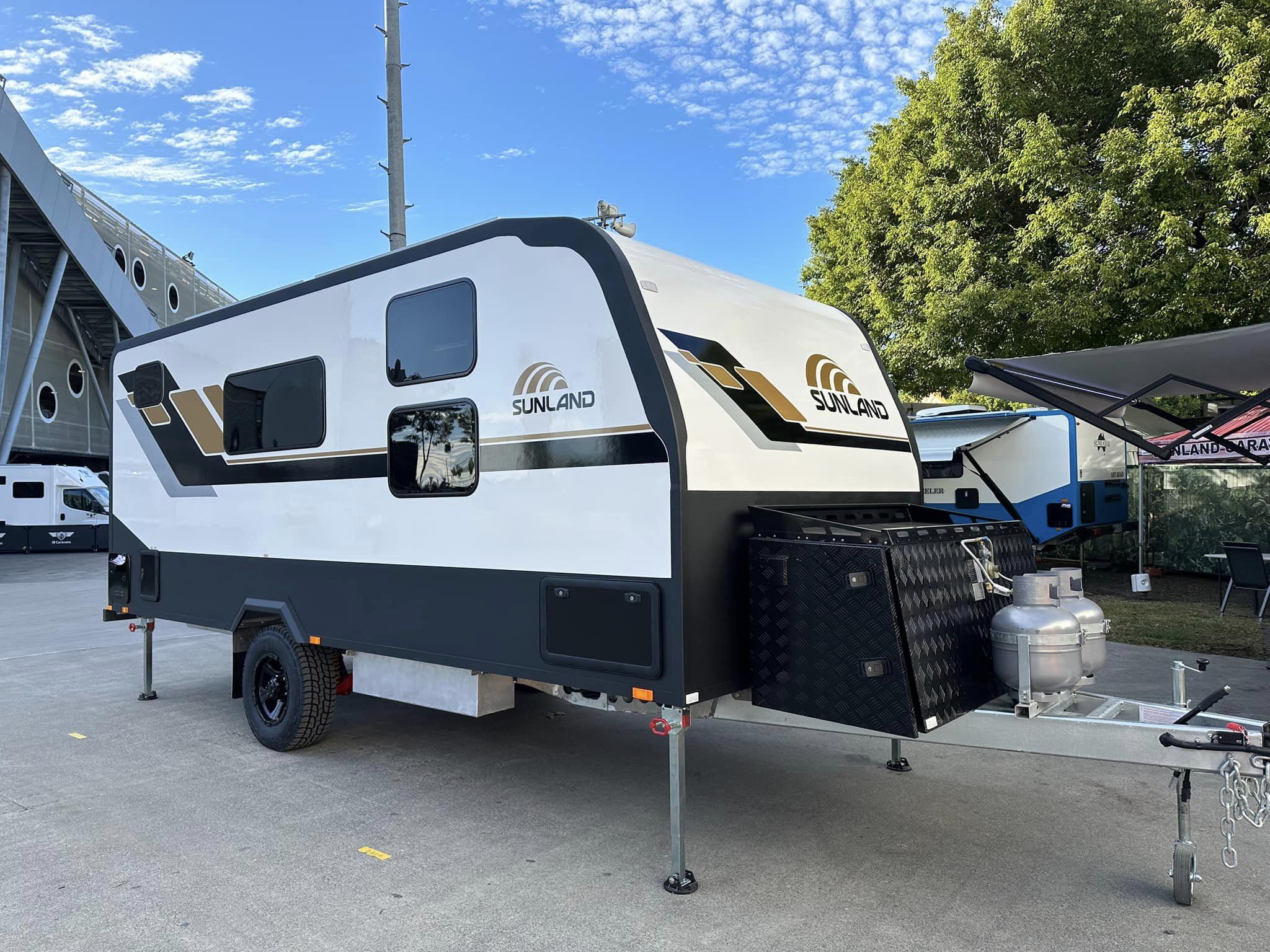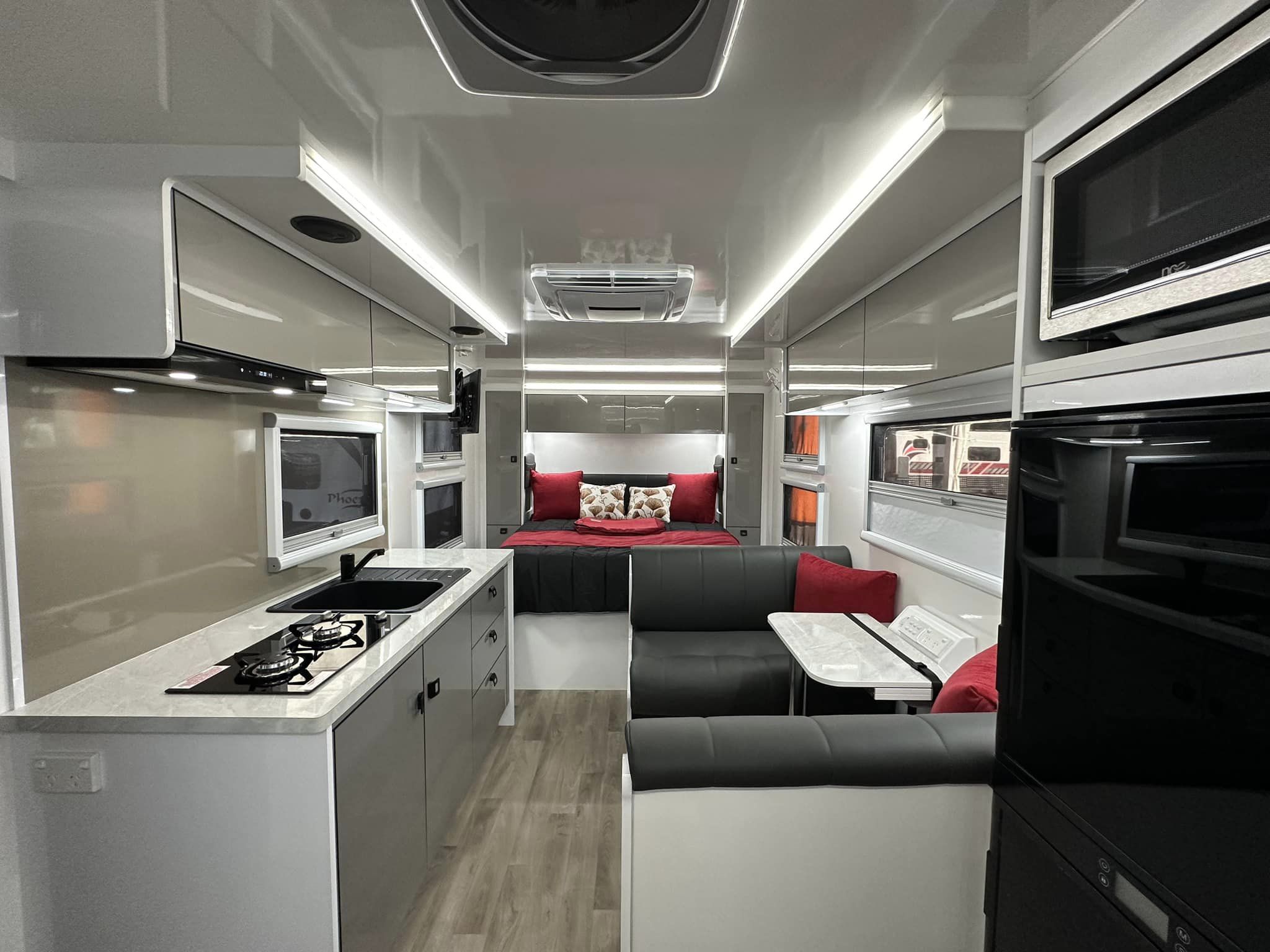Off-Road Caravans: The Evolution and Innovations Over the Decades
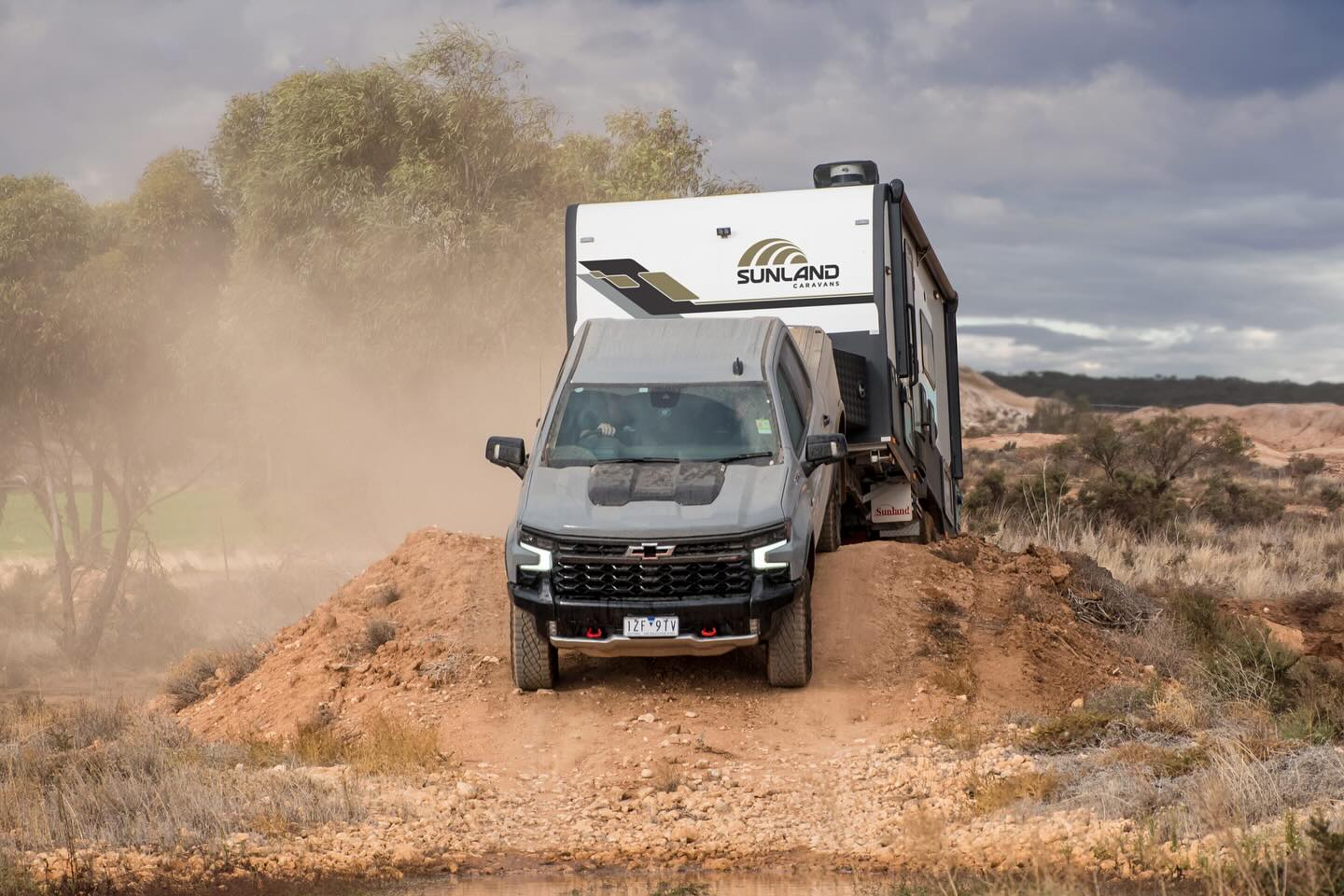
The concept of off-road caravans has evolved significantly over the decades. What once started as a basic shelter on wheels designed for paved roads has transformed into a sophisticated, rugged, and fully equipped mobile home built to handle some of the toughest terrains. These caravans have become a symbol of freedom for adventurers who seek the thrill of exploring remote areas without sacrificing comfort. This article delves into the journey of off-road caravans and how innovation has shaped them into what they are today.
Early Days of Off-Road Caravans
Off-road caravans trace their origins to the late 20th century, when caravan travel became a popular pastime. However, the early designs were not initially made for rugged off-road conditions. Instead, they were traditional caravans that adventurous travelers modified to handle rough terrain. At the time, these modifications often involved reinforcing the suspension and adding larger tires to improve ground clearance. Despite these changes, they still struggled with harsh environments, particularly in Australia’s Outback or America’s desert regions.
As travelers demanded more reliable vehicles, manufacturers began responding by designing caravans specifically for off-road use. This marked the beginning of a shift toward more robust caravan structures capable of withstanding the elements.
Introduction of Advanced Materials
As the 21st century approached, caravan manufacturers started incorporating new materials to meet the demands of off-road enthusiasts. Early off-road caravans used heavy steel frames, which offered strength but were not ideal for towing long distances due to their weight. The evolution of materials like aluminum and composite panels allowed manufacturers to build lighter caravans without compromising durability.
Aluminum, in particular, provided the perfect balance between strength and weight. These lighter caravans were easier to tow, allowing travelers to explore more remote areas without the burden of heavy loads. Additionally, composite materials provided greater resistance to weather damage and corrosion, making caravans more reliable over time.
Advances in Suspension and Chassis Design
One of the most significant advancements in off-road rv evolution is the improvement in suspension systems and chassis designs. Early off-road caravans lacked the sophisticated suspension necessary to handle rough and uneven surfaces. However, as more people sought adventures in remote areas, the demand for better suspension systems grew.
Modern off-road rvs are equipped with independent suspension systems that allow each wheel to move independently, significantly improving stability on rocky and uneven ground. This advancement has made off-road caravans capable of handling the most challenging terrains, from steep mountain passes to unpaved desert trails.
Additionally, the development of reinforced chassis has played a critical role in the evolution of off-road caravans. A strong, well-designed chassis ensures that the caravan can withstand the constant jolts and bumps of off-road travel without sustaining damage. Caravan manufacturers now use hybrid chassis designs made of a combination of steel and lightweight materials, providing both strength and flexibility.
Off-Grid Capabilities and Technological Integration
In the modern era, off-road rvs have become far more than just mobile shelters. Today’s off-road caravans are designed for extended off-grid travel, equipped with solar panels, large water tanks, and battery systems that allow travelers to remain self-sufficient for weeks at a time.
Technological advancements have also improved comfort and convenience in off-road caravans. Many modern caravans feature GPS navigation, water filtration systems, and even satellite communications, allowing travelers to stay connected while exploring remote areas.
Conclusion
The evolution of off-road caravans is a testament to the spirit of adventure and innovation. From basic modified caravans to fully equipped, self-sufficient mobile homes, off-road caravans have undergone significant changes to meet the growing demand for rugged, reliable travel options. Today, these vehicles are more than just a means of transport; they are a gateway to remote exploration, offering the freedom to explore even the most challenging terrains while enjoying the comforts of home.


